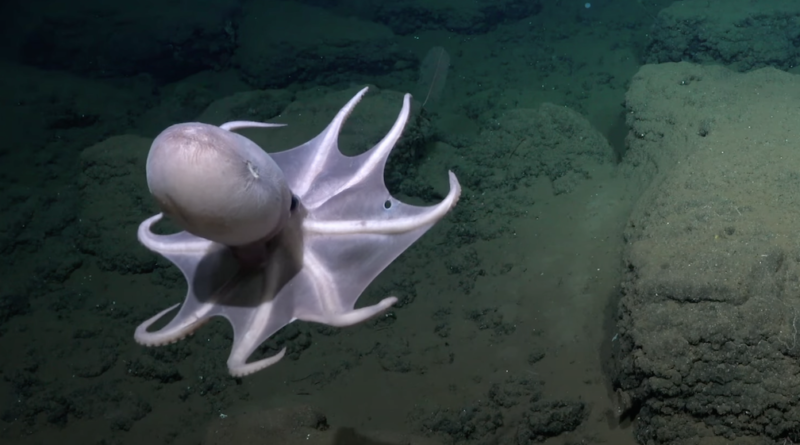Scientists find stunning new octopus world in the deep sea
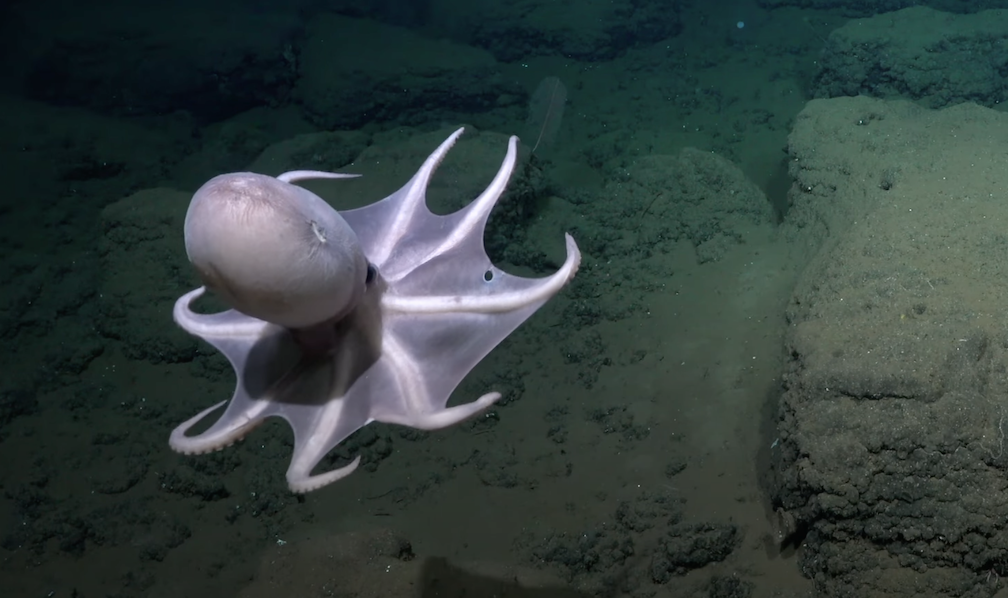
Scientists just explored the realm of octopi. They returned with discoveries.
On a deep sea expedition off of Costa Rica, researchers used a robotic submersible to capture footage of previously unexplored seamounts, finding them teeming with almost otherworldly life. The mission, led by the Schmidt Ocean Institute, an organization that researches the seas, visited a little-seen octopus nursery — where groups of female octopi gather and guard their valuable eggs.
The explorers also found an entirely new octopus nursery, just the third known to science.
“The discovery of a new active octopus nursery over 2,800 meters [over 9,000 feet] beneath the sea surface in Costa Rican waters proves there is still so much to learn about our ocean,” Schmidt Ocean Institute executive director Jyotika Virmani, an oceanographer, said in a statement.
Peering into the uncharted depths often returns discoveries or unparalleled footage of an underwater world that’s still quite alien to us. “We know so little about the deep ocean that pretty much anyone can find something new if they were doing something unique down there,” Alan Leonardi, the former director of the National Oceanic and Atmospheric Administration’s Office of Ocean Exploration and Research, previously told Mashable.
Interestingly, the newly found nursery, shown in the June 2023 images below, is near a low-temperature hydrothermal vent, a place where hot or warm mineral-rich seawater flows from Earth’s crust. This suggests some octopus species intentionally brood their eggs around these vents. (Another octopus nursery called the Dorado Outcrop nursery also dwells near a vent, and researchers even observed hatching there.)
The recently found octopi could be a new species of Muusoctopus, an octopus species with no ink sac.
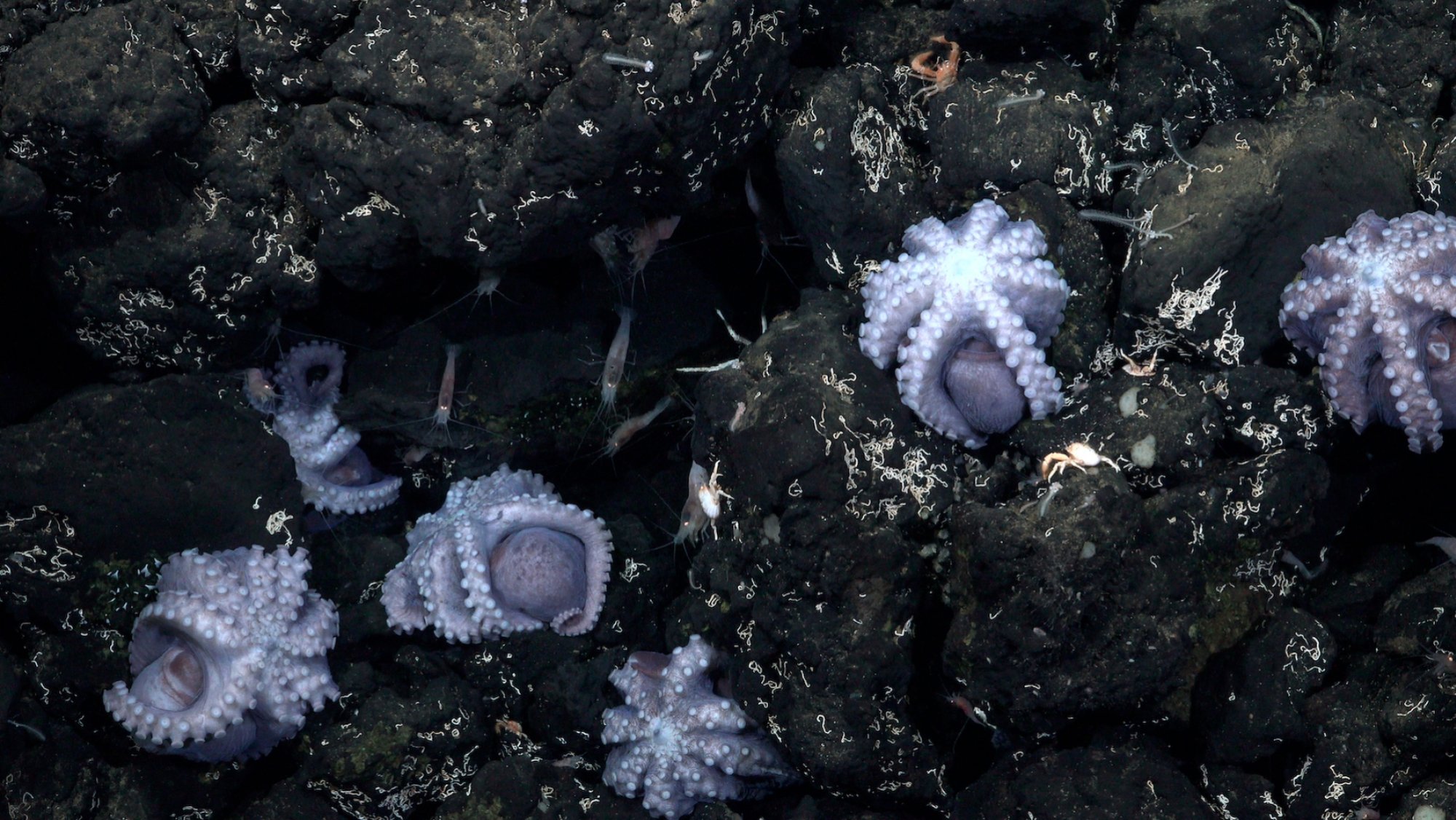
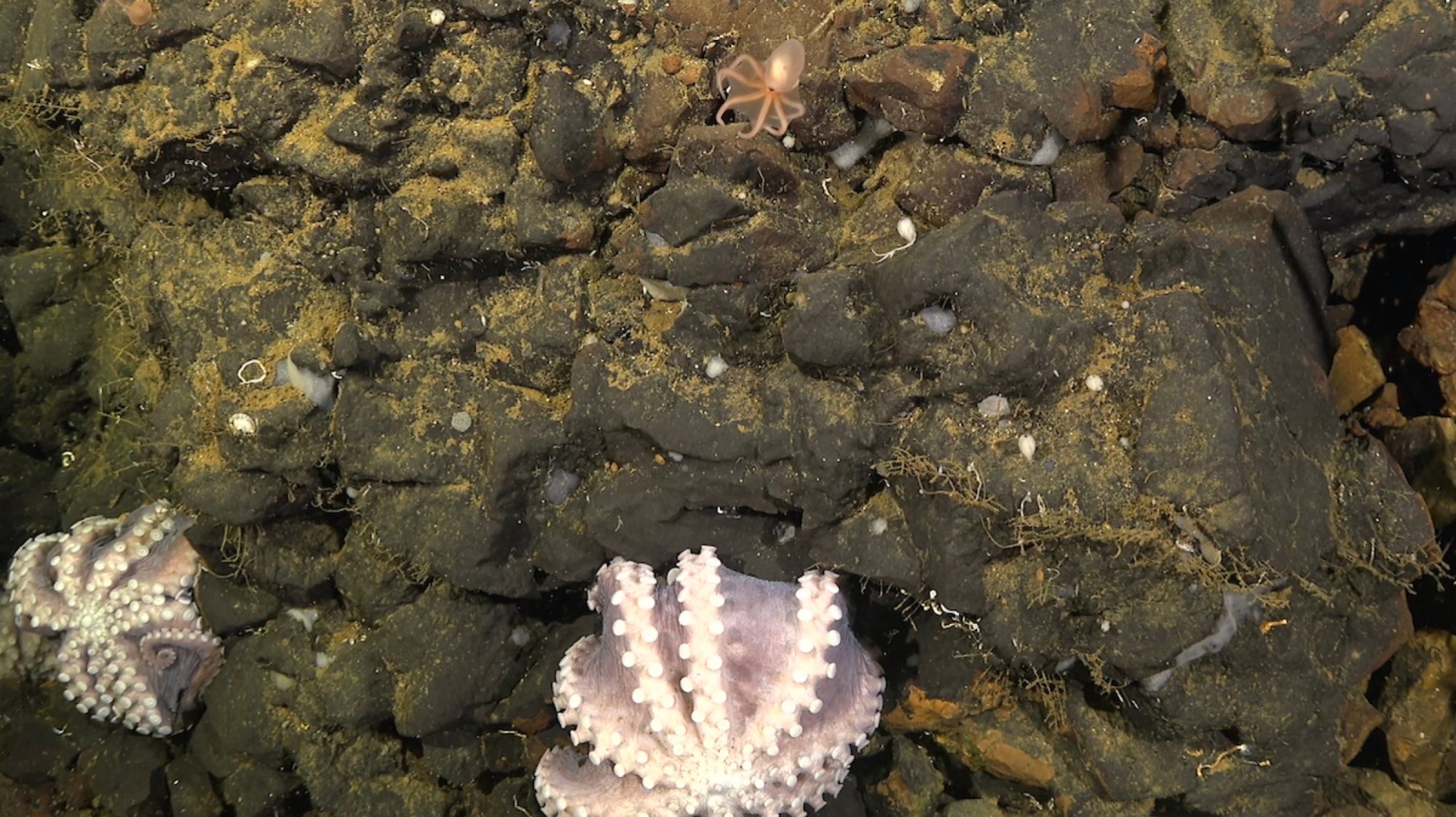
Overall, the expedition spotted hundreds of other deep ocean critters, which are adapted to the cold depths and darkness. Below is a three-minute video of these animals, followed by an image of curious tripod fish.
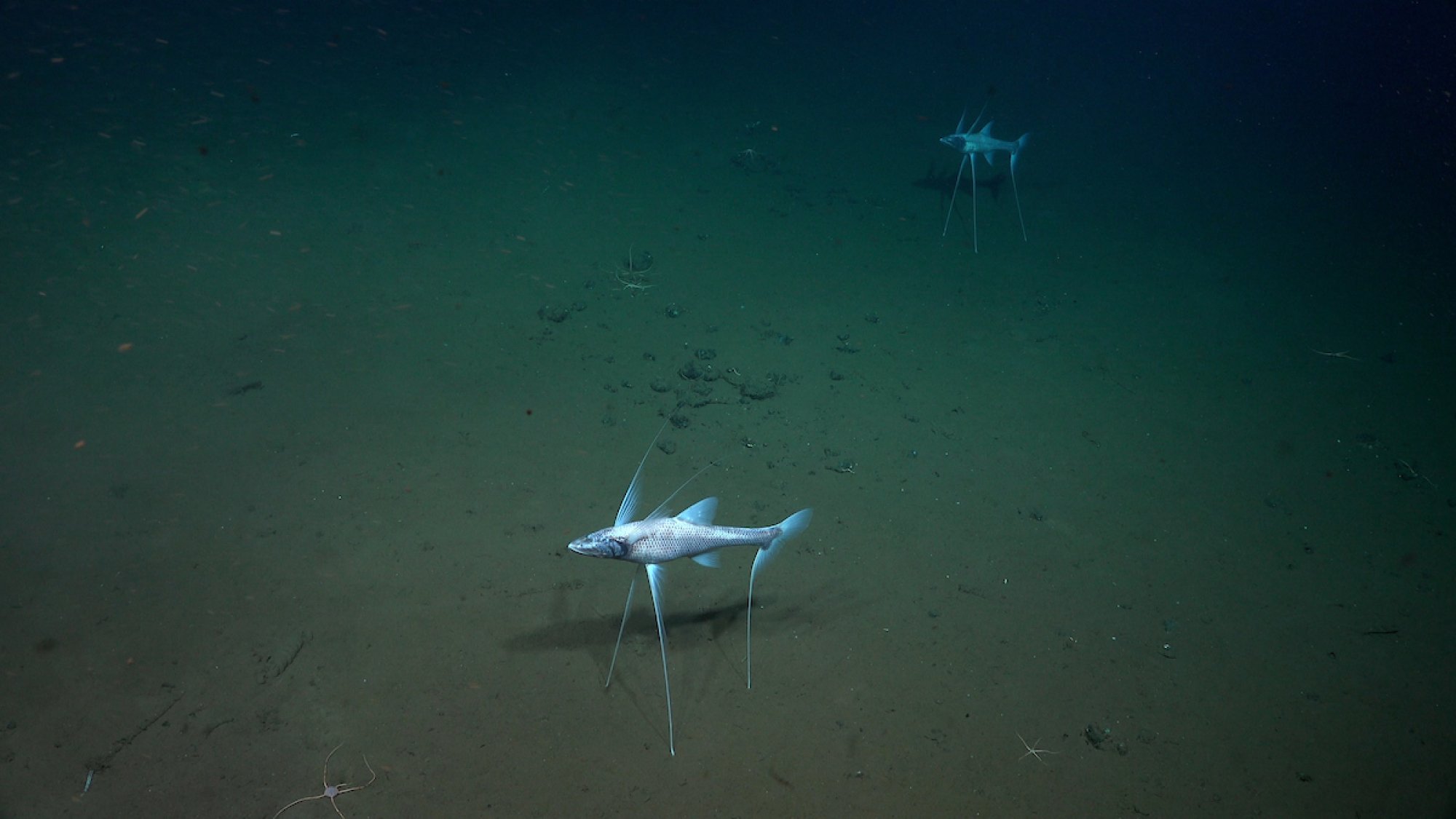
Want more science and tech news delivered straight to your inbox? Sign up for Mashable’s Light Speed newsletter today.
A primary goal of such expeditions is to document what’s down there, especially because most of the deep sea is unprotected. For example, these recently explored seamounts are unprotected from human activity, according to the Schmidt Ocean Institute. As of now, the laws governing deep sea mining — a developing, looming industry — are woefully outdated. They were established in 1975, but the first deep sea hydrothermal vents, and the life they support, weren’t discovered until 1977.
The deep seas clearly hold bounties of biodiversity and life, along with great medicinal potential for our species. “Systematic searches for new drugs have shown that marine invertebrates produce more antibiotic, anti-cancer, and anti-inflammatory substances than any group of terrestrial organisms,” notes the National Oceanic and Atmospheric Administration.
These deep sea expeditions, then, do more than document wonder. They could play a vital role in protecting some of Earth’s rare and invaluable ecosystems.
